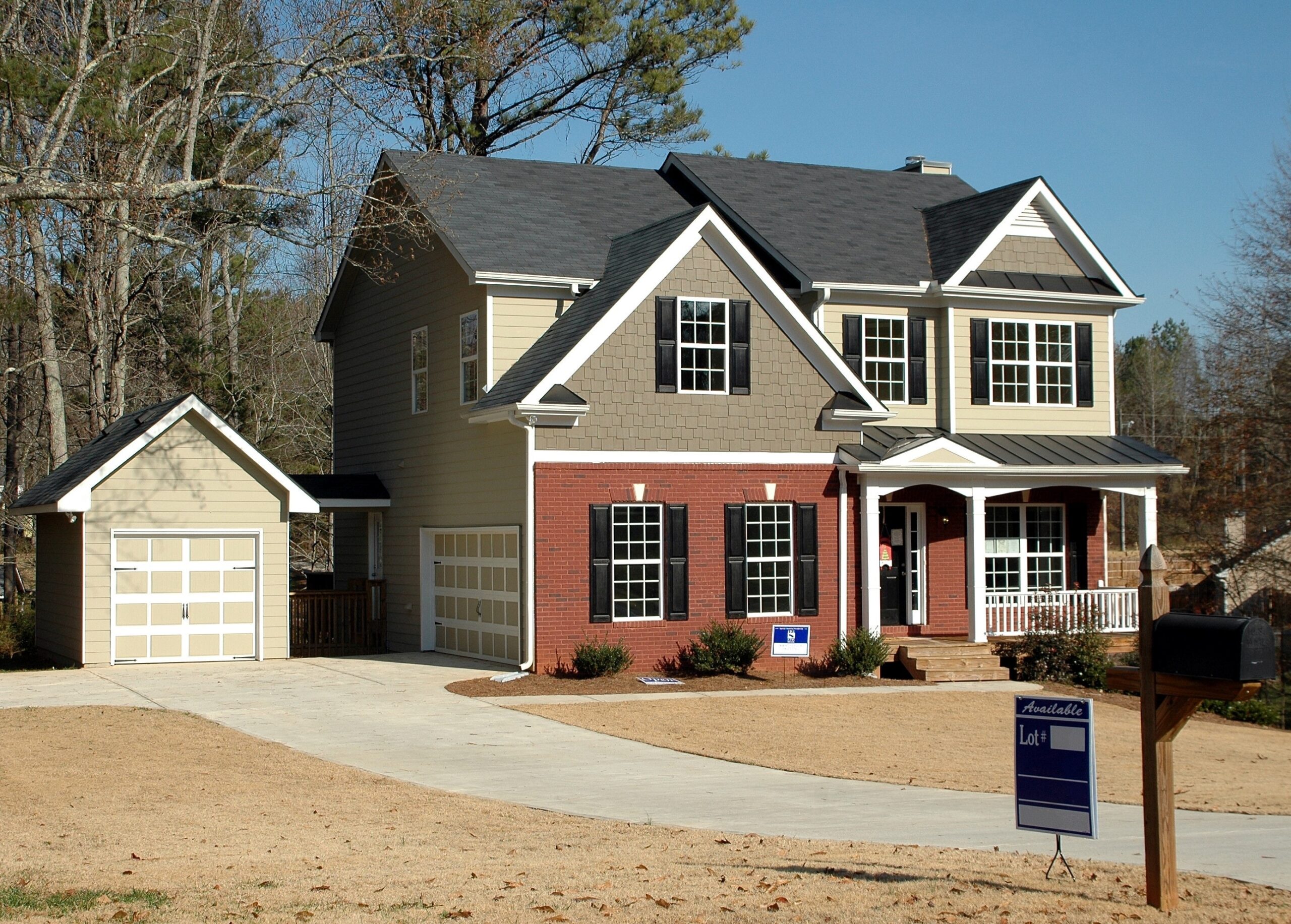The success factors of any project depend on studying it well and studying its strengths and weaknesses, and real estate investment is one of the projects that have achieved great success in the post-pandemic period.
As the whole world is back to spending more time at home, people are turning to more comfortable homes and specialty areas.

So some important things should be considered and taken into consideration, such as
-
Expected cash flow and profit opportunities
Cash flow refers to the amount of money left after expenses. Positive cash flow is the key to a good rate of return on a real estate investment.
Therefore, forecasts should be made for the following patterns of profit and expenditure:
- Expected cash flow from rental income, (inflation favors landlords in relation to rental income)
- Cost-benefit analysis of mortgaged loans against value estimation
- The expected increase in the intrinsic value as a result of higher prices in the long run.
- Depreciation benefits (and tax benefits available)
- Cost-benefit analysis for renovation before selling to get a better price.

-
Be careful with the leverage
Loans are convenient, but they can come at a significant cost, committing your future income to getting the benefit today at the expense of interest spread out over many years.
Make sure you understand how to handle loans of this type, and avoid high levels of debt or what they call excessive leverage.
Even real estate experts face challenges because over-indebtedness, in times of adverse market conditions, and lack of liquidity, with high debt obligations, can spoil real estate projects.
The solution
Depending on your current and projected future earnings, consider the following:
- Select the type of mortgage that best suits your situation, such as Fixed Rate, Adjustable Rate (ARM), Interest Only, No Down Payment, etc.
Note that each type of mortgage has its own risk profile and each needs to be carefully studied.
For example, ARM includes mortgage rates that can change at any time, driven by capital market forces.
The borrower must accept any price changes during the term of the loan.
- Be aware of the terms, conditions and other fees imposed by the mortgage lender.
- Shop to find lower interest rates and better terms.

-
New construction versus existing property
New construction usually offers attractive rates, choice of customization, and modern amenities, with risks including delays, increased costs, and a newly developed neighborhood unknown.
Existing properties offer convenience, faster access, constant improvements (facilities, landscaping, etc.), and in many cases, lower costs.
The solution
Here are some of the basic things to look for when choosing between a new build and an existing property:
- Review previous projects and find the reputation of the construction company for new investments.
- Reviewing title deeds, recent surveys and valuation reports for existing properties.
- Consider monthly maintenance costs, entitlements, and taxes, as such costs can severely impact your cash flow.
- When investing in a rental property, find out if the property is rent controlled, rent stable or market free, and is the lease about to expire? Are the renewal options in favor of the tenant? And who owns the furniture?
- Quality check items (furniture, fixtures and equipment) if they are to be included in the sale.
-
Indirect investments in real estate
There are alternatives that allow you to invest in the real estate sector indirectly, because managing the physical properties in the long term is not for everyone.
So you should consider other ways to invest in real estate:
- Real Estate Investment Trusts (REITs)
- Shares of real estate companies
- Mutual funds and ETFs focused on the real estate sector
- Mortgage
- Mortgage-Backed Securities (MBS)
You may like: The importance of healthy buildings for global real estate investors and architects
https://injarch.com/medieval-buildings-as-solutions-for-architectural-design/



